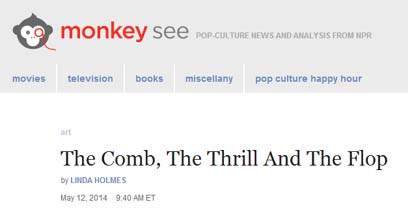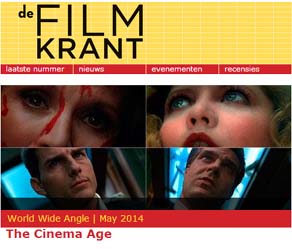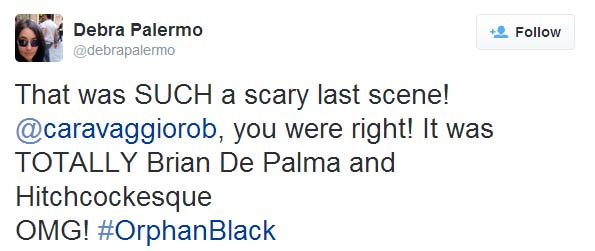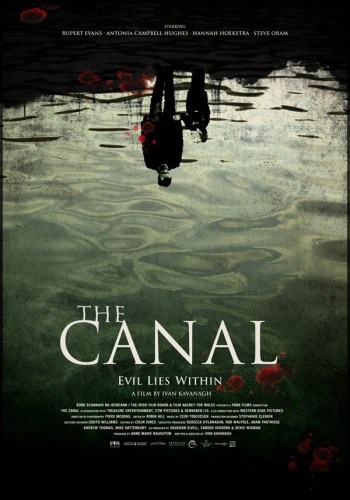DIRECTOR SAYS DE PALMA'S FILM TAKES REALISTIC APPROACH THAT NEVERTHELESS SEDUCES
 Jonas Alexander Arnby's When Animals Dream premiered at Cannes yesterday as part of the festival's Critic's Week lineup. Arnby tells Deadline's Nancy Tartaglione that with this film, about a young woman who turns into a werewolf, he and his team "wanted to do a coming-of-age film about a girl who develops from A to B." He further tells Tartaglione that his biggest inspiration for the film was Brian De Palma's Carrie. "It really succeeds in making a realistic approach but still having a universe that seduces you," Arnby said of Carrie.
Jonas Alexander Arnby's When Animals Dream premiered at Cannes yesterday as part of the festival's Critic's Week lineup. Arnby tells Deadline's Nancy Tartaglione that with this film, about a young woman who turns into a werewolf, he and his team "wanted to do a coming-of-age film about a girl who develops from A to B." He further tells Tartaglione that his biggest inspiration for the film was Brian De Palma's Carrie. "It really succeeds in making a realistic approach but still having a universe that seduces you," Arnby said of Carrie.Here are links to some of the reviews coming out of Cannes:
Shelagh M. Rowan-Legg, Twitch
"This is a tremendous feature debut, haunting and elegaic, while not shying away from violence and sex. There is certainly no subtlety to the film; but then again, werewolves aren't meant to be subtle."
Allan Hunter, Screen Daily
"A teenage girl’s awakening sexuality quite literally brings out the beast in her in When Animals Dream (Nar dyrene drommer), an atmospheric fantasy chiller that marks an accomplished feature debut from director Jonas Alexander Arnby."
Stephen Dalton, Hollywood Reporter
"Jonas Alexander Arnby's debut feature is a confident and good-looking work that owes more to the Nordic Noir gloom of Let The Right One In than to the sanitized fluff of Twilight or the comic-book carnage of the Underworld franchise...Initially too slow to share its obvious secrets, When Animals Dream only clicks into full-blooded horror mode in its final act when hairy, scary Marie embarks on a Carrie-style rampage of revenge against the neighbors who previously made her life hell. Stylish but slight, Arnby's debut feature ultimately sticks within werewolf movie conventions, adding little fresh to the form. That said, it should appeal to more highbrow genre fans who like a bit of European arthouse angst with their throat-ripping gore."









 In a
In a 
 Adrian Martin has written a "World Wide Angle" piece for
Adrian Martin has written a "World Wide Angle" piece for 

 The Canal, a psychological horror film written and directed by Ivan Kavanagh, was mostly well-received when it premiered at the Tribeca Film Festival last month (check out reviews at
The Canal, a psychological horror film written and directed by Ivan Kavanagh, was mostly well-received when it premiered at the Tribeca Film Festival last month (check out reviews at